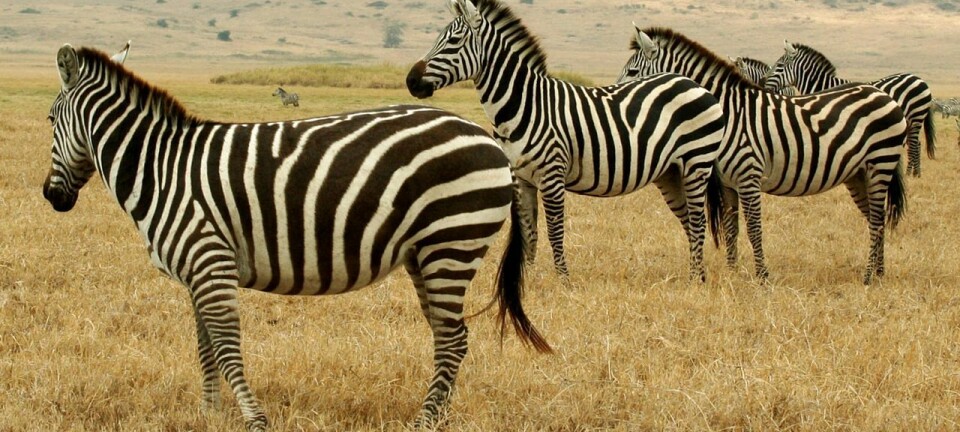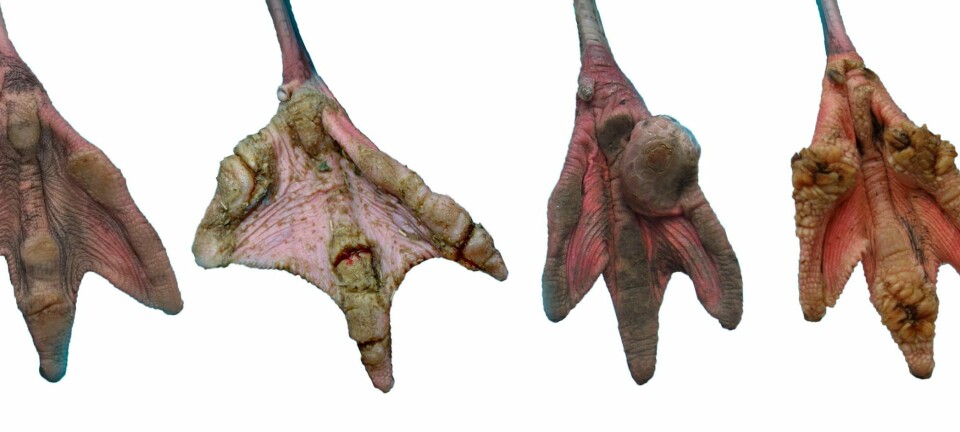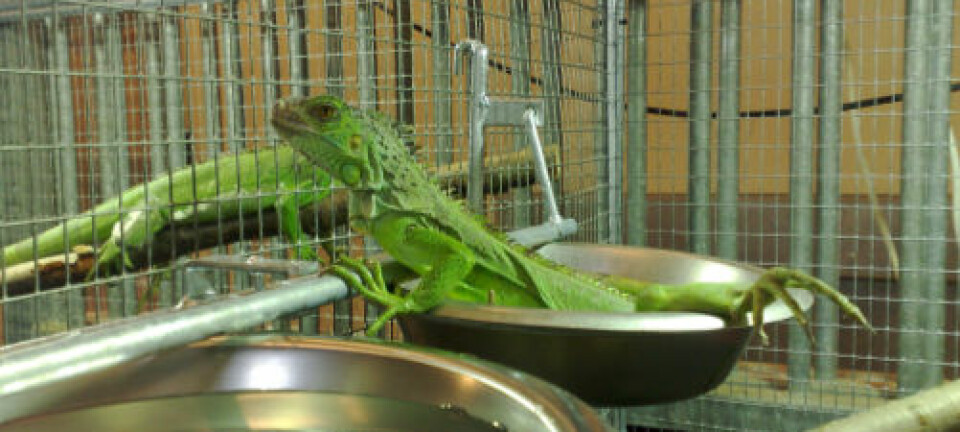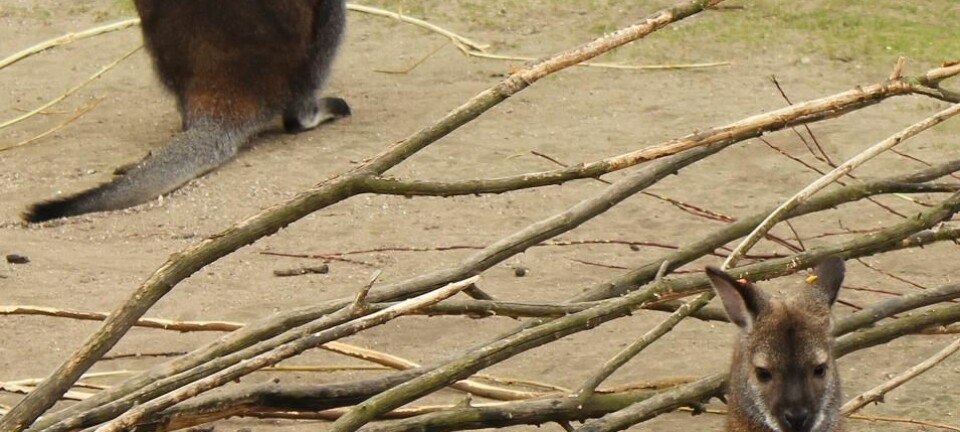
Tiger dating: can tigers find love in faeces?
Tigers don’t always get along well in zoos. A new project aims to find out if urine and faeces can reveal whether the tigers have the right chemistry to be paired. It’s called tiger dating.
Tigers are very particular when they choose a partner. And it can also be hard to get two tigers to match in captive breeding programmes.
If a male and a female tiger are paired, there’s no guarantee that it will result in tiny small tiger cubs.
Copenhagen Zoo has now teamed up with Copenhagen University to try and change this with a dating service for tigers.
But rather than using profiles with pictures and personal information, this special tiger dating is based on urine and faeces samples.
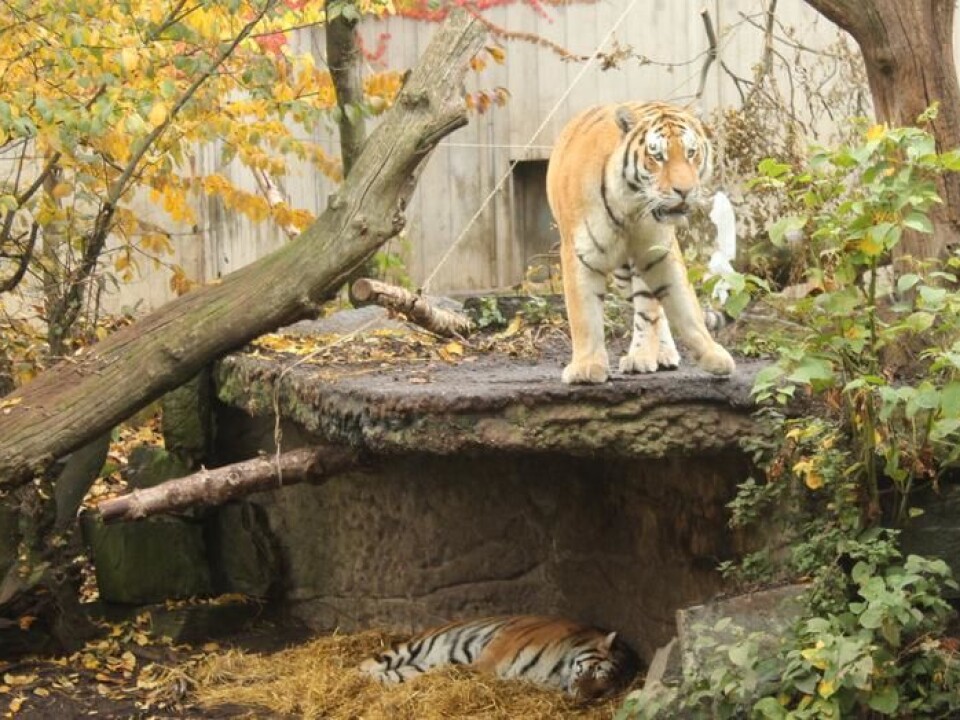
The idea is outlined in an industrial PhD project, which is currently in its early start-up phase. But if successful, the project could result in increased revenue for zoos and hopefully more cubs too.
Captive breeding is important for tigers
Around 93 percent of the tiger’s natural habitat has vanished, and today only around 3,000 tigers live in the wild, explains researcher Christina Lehmkuhl Noer of Copenhagen University.
Meanwhile there are only about 2,000 tigers in international captive breeding programmes in zoos around the world, so effective captive breeding is crucial for the tiger to survive as a species.
This is the basis of Noer’s PhD project about tiger dating.
Faeces and urine to arouse interest
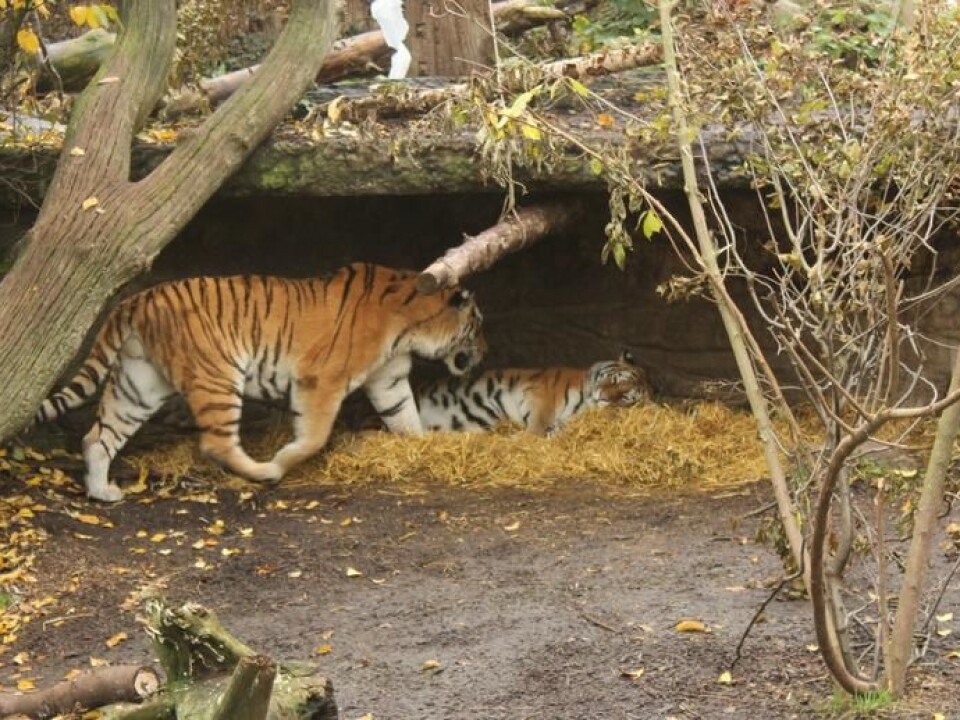
In the study, she will examine whether female tigers can pick a mate by sniffing samples of urine and faeces from a selection of male tigers.
This is the first tiger dating method of its kind.
The method emulates the tiger’s behaviour in the wild, where they normally live scattered over large areas. Here the male marks his presence and exhibits his qualities by squirting on trees or dropping stool, which the tigress can then sniff and thereby draw conclusions about each of the males.
If she fancies one particular scent, she may stay in the area and allow that male to mate with her.
“It’s mainly the female who selects a mate, because she’s the one running the greatest risk by carrying a cub. That requires a lot of time and effort, so the tigresses are quite picky,” she says.
Existing tiger dating is ineffective
In today’s zoos, tigers are matched by studying their pedigree and genes, and it’s then hoped that the tigers match when they meet ‘in real life’.
“Today, tigers are selected based on the dissimilarity of their genes, and with which genes they can contribute to the captive breeding,” says Noer.
“They look at the breeding coefficient, their age and their fertility. They also look at where in the world they are, e.g. for transportation purposes.”
But this is not an effective method:
“The objective is always to get tiger cubs out of it, and if that doesn’t work, the male tiger has to be sent back and another one found. It’s important that the tigers live as naturally as possible.”
Mink steps in for tiger
In the initial stages of the project, the method will be tested on minks, which shares many behavioural patterns with the tiger and other predators.
The great thing about using minks, she says, is that many other solitary predators live like they do. They mark their own territories with scent-marking, which consists of leaving strong-smelling substances such as urine and faeces at prominent locations within their territory.
And that makes the mink a useful model for tiger behaviour.
Noer will create a model in which a female mink is first presented to scent samples from two or three males, after which she will have the option to go into these three males’ cages to help her make the final decision.
If her preferred scent sample belongs to the male she ends up with, it may indicate that it’s possible to find the best partner by using urine or faeces samples.
Personality tests for tigers
Another element in the dating project consists of developing a kind of personality test for tigers, which can be used in the matchmaking process.
“There are behaviour tests that measure how tigers react to various stimuli, for instance new objects in their cages. But none have been designed for captive breeding.”
Scientists have studied personality and partner choice and have found that some animals also base their partner choice on personality, i.e. the female goes for the male that best fits her temper and disposition.
If you know that a given tigress goes for a certain type of male, then you can single out the right males and take samples from them.
“It could be interesting to see how the tigresses select their mates, and then cross-refer it to the personalities of the males. That could result in something that resembles an international tiger dating website,” she says with a smile.
No guaranteed matches
Whether the study will work in practice remains to be seen, but Noer is sure that scent-marks can reveal a lot about their owners. So in theory it should work.
“But that doesn’t guarantee that there will be a match or that the tigers will get along well,” she says.
“It’s also difficult to prove that it works as it’s not easy to conduct a sufficient amount of studies with tigers, because there are so few of them. That’s where the minks enter the picture.
“Our first goal is not to prove that it applies to tigers, but that it applies to minks.”
If she manages to get the method to work for minks and tigers, she hopes the method can also be used for some of the other big cats.
There’s money to be saved
If the project is successful, it could lead to significant savings for zoos.
An industrial PhD project in Denmark must include either an economical or a commercial component.
“Tigers are very difficult and expensive to transport. So there is an economic incentive for trying this because obviously it’s cheaper to transport urine and faeces,” says Noer.
Transporting a tiger from one European zoo to another costs at least € 3,000. It’s also very stressful for the tigers to be sedated, packed into a box and transported over long distances.
-------------------------------
Read the Danish version of this article at videnskab.dk
Translated by: Dann Vinther
